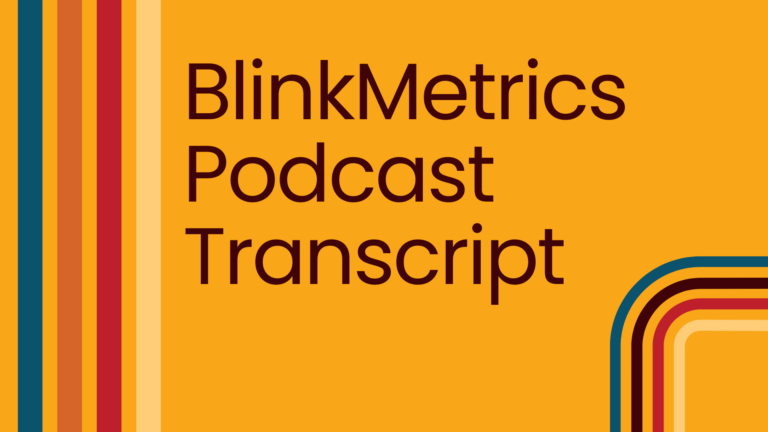One of the greatest challenges for our development team is how to balance speed and quality. We need to efficiently complete tasks while maintaining visibility for leadership. This balance is crucial for our success, but surprisingly hard to manage.
In this case study, we’ll explore how simple changes to our sprint planning resulted in higher productivity, better leadership visibility, and more regular completion of the highest-value tasks.
The Breaking Point: Co-Founder Confusion and Failed Timeline Projections
At the start of 2024, our co-founders faced a common but frustrating dilemma: their weekly sprints were seeing low completion rates and they were often left in the dark about which tasks would be completed each week. While the developers worked hard, there was a growing sense of confusion around priorities. Lack of clarity on priorities allowed the team to complete faster and easier low-value tasks instead of taking on larger high-value tasks. In many cases, this led to multiple deadline extensions and slow progress on key projects.
It became clear that we needed a more structured sprint planning system, clearer communication with leadership, and a more targeted approach to team management. The goal was simple: increase the completion rate of high-value tasks, boost morale, align expectations, and make progress more visible for leadership so they could be more strategic in their decision-making.
Goals
- Increase weekly task completion rates
- Boost morale
- More tangible progress
- Increase visibility for leadership
- Refine strategy
- Better resource allocation
What Seriously Needed to Change
The road to achieving this was more challenging than anticipated. Before implementing the changes, there were several hurdles that needed to be overcome:
Setting up the Infrastructure
We needed systems in place to track tasks effectively and make the data accessible to both developers and leadership. This involved setting up Asana labels to denote “Must Have” tasks for each sprint.
New SOPs for 1:1 Meetings
Our approach to 1:1s needed a makeover. Instead of just discussing tactical issues, these meetings now had a structured format to align on task prioritization, progress tracking, and realistic time estimates for completion.
Revamping Sprint Planning
We introduced a more disciplined sprint planning process, where tasks were broken down into actionable pieces, each with a “point” value to indicate the effort required. This helped developers estimate the time needed for tasks and provided clearer insights into what was possible within each sprint.
Tracking Unplanned Work
We knew that bugs and urgent fixes would always emerge, so we created a system for tracking unplanned work separately, ensuring that these “fire drills” didn’t derail overall team productivity.
The Results
Over the course of eight months (March through October 2024), we tracked task completion data to evaluate the impact of these changes.
First 8 Weeks (Mar/Apr 2024)
Average points completed: 136
Completion rate: 63%
Most Recent 8 Weeks (Sept/Oct 2024)
Average points completed: 176
Completion rate: 74%
Key Changes
+29% increase in completed points
+18% increase in completion rate
We even had two weeks in September where every single “Must Have” task assigned across the entire team was completed. This was a significant milestone, since it had never been done before.
On an individual level: one employee more than doubled their completed points in the most recent 8-week period compared to the first 8 weeks and over 25% of the team successfully completed every recent “Must Have” task assigned.
We’re Way Better Than Before
Better Planning for the Future
Product roadmaps are now more reliable. Timelines for future feature launches and bug fixes are more accurate than ever.
Improved Communication and Transparency
Developers now have full visibility into each other’s progress, which fosters both collaboration and healthy competition.
Managing Expectations and Commitments
Developers are now less inclined to overcommit because they can see real trend data that tells them what they can realistically complete during a given sprint. (This was one of the hardest issues to address: the idealistic mindset of “taking on everything” without assessing capacity.)
Employee Growth
Employees are now more assertive with their individual limits and can better manage their own workloads. This individual growth feeds into the team’s success as a whole.
The Top 3 Things You Need to Know
Set Clear ‘Must Have’ Tasks
Define 2-3 critical tasks for each developer each sprint. Mark them with an exclamation point (!) in Asana or other task management software. This helps everyone to quickly identify what should be prioritized at any given moment.
Track Progress with Points
Use a point system to forecast the effort and time required for tasks. Using points as a measure of effort helps the team plan more effectively and gain perspective on what is achievable during any given sprint.
Leave Room for the Unexpected
Always leave space for unplanned work (like urgent bug fixes). Track these unplanned items separately to set a baseline for the unexpected that should be expected.
Conclusion
In the end, implementing more structure, aligning on & prioritizing tasks, and tracking real work completed yielded tangible results.
The journey was not without its challenges, but we were able to turn a chaotic environment into one of clarity and progress.
For other teams looking to make similar improvements, the key is not just setting goals, but creating the infrastructure and culture to support those goals. With the right tools, transparency, and communication, success becomes a shared objective that everyone can work toward.






